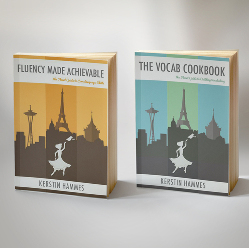Please read the article naturally. (Source: https://dictionaryblog.cambridge.org/2015/06/17/as-fresh-as-a-daisy-using-similes-in-english/)
As fresh as a daisy: using similes in English
By Liz Walter
There are two ways of forming similes. The first is with as … as:
The countryside here is as flat as a pancake.
I knew Polly was scared because she was as white as a sheet.
These similes have the structure: as + adjective + as a/an + noun.
We use them to emphasize the adjective. The examples above mean that the countryside is extremely flat, and Polly’s face was very pale.
Here are a few more very common similes:
as stubborn as a mule
as light as a feather
as different as chalk and cheese
The second way of forming similes is with like. Because these similes do not contain an adjective, you need to think about the things that are being compared in order to understand them:
He has eyes like a hawk. (= he notices everything)
She eats like a bird. (= she hardly eats anything)
He’s like a kid in a sweet shop. (= he’s very excited about things he can have)
These similes have the structure: do something + like + a/an + noun or be + like +a/an + noun.
Similes are often used in a humorous way. For example, there are lots of variations of the simile beginning ‘As much use as …’, all of which use humour to describe something that is no use at all:
As much use as a chocolate teapot.
As much use as an underwater hair dryer.
As much use as an ashtray on a motorbike.
In the same way, many similes with like use images that are humorous:
She’s like a bull in a china shop. (= she’s very clumsy)
It was like watching paint dry. (= it was very boring)
They were running round like headless chickens. (= they didn’t know what to do and they were panicking)
Similes like the ones above are fixed phrases, and you need to learn them just like idioms, because they will often be different in your own language. However, you can also invent similes of your own, and if you read in English, you will find many beautiful and original ones. Look at the following, for example:
Her slender figure was as elegant as a painter’s brushstroke.
My father had so many operations, his stomach was like a road map.
Similes can help you describe things in a strong and clear way, and using them is as easy as pie/as easy as ABC/as easy as falling off a log!

